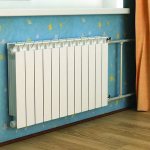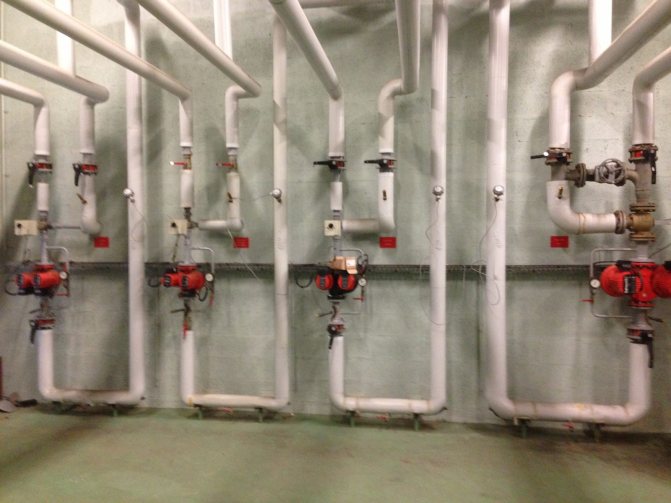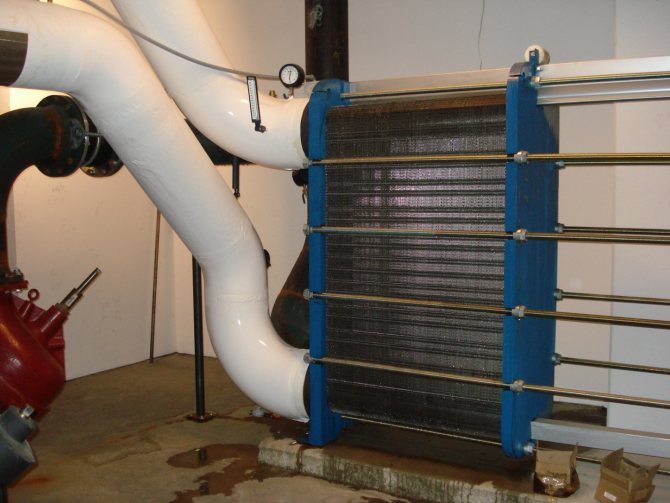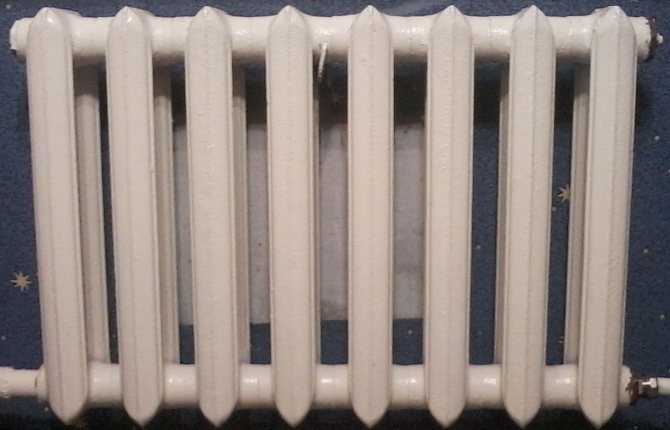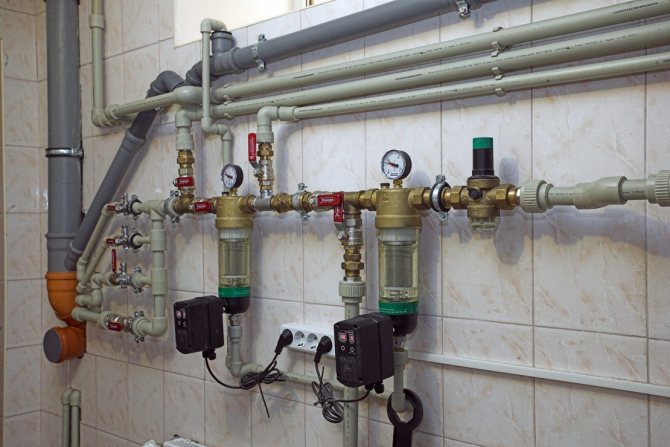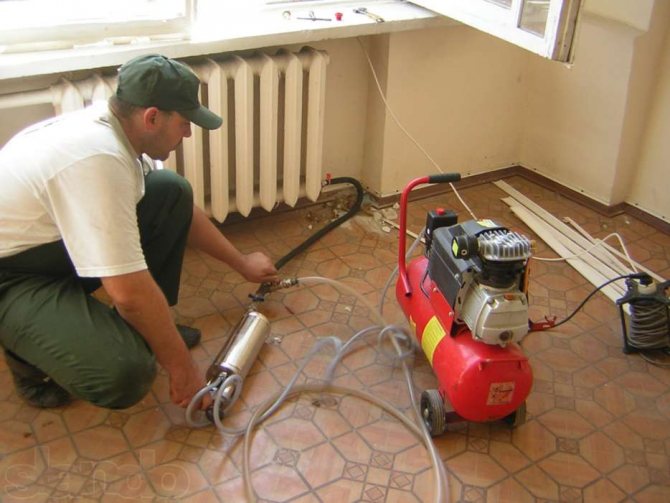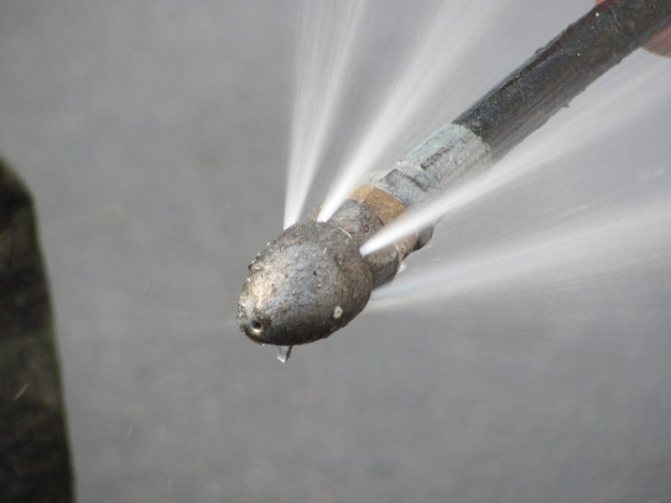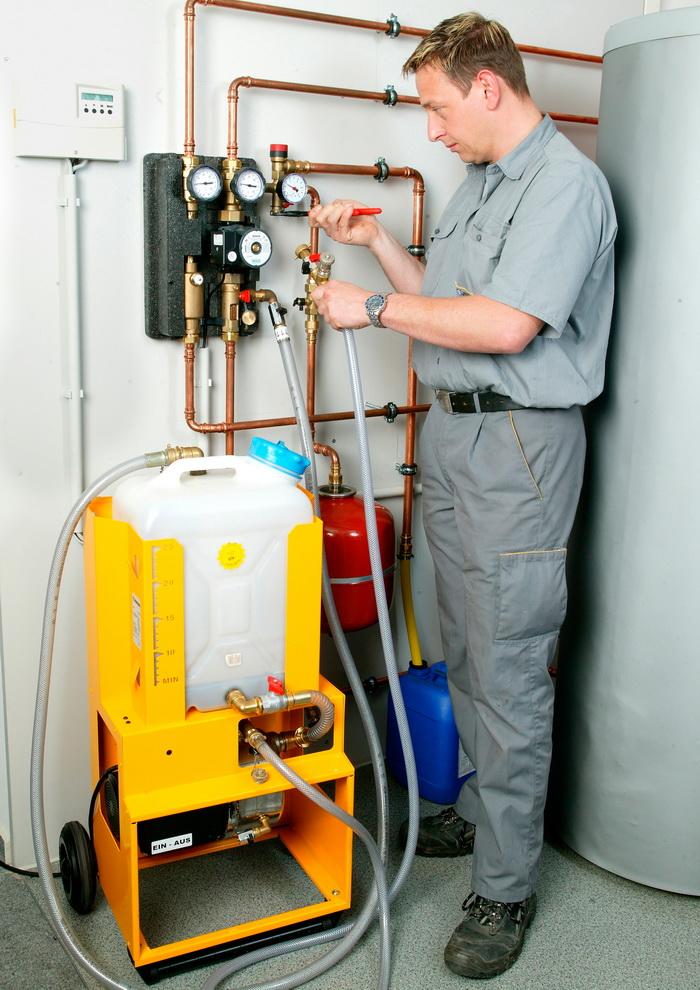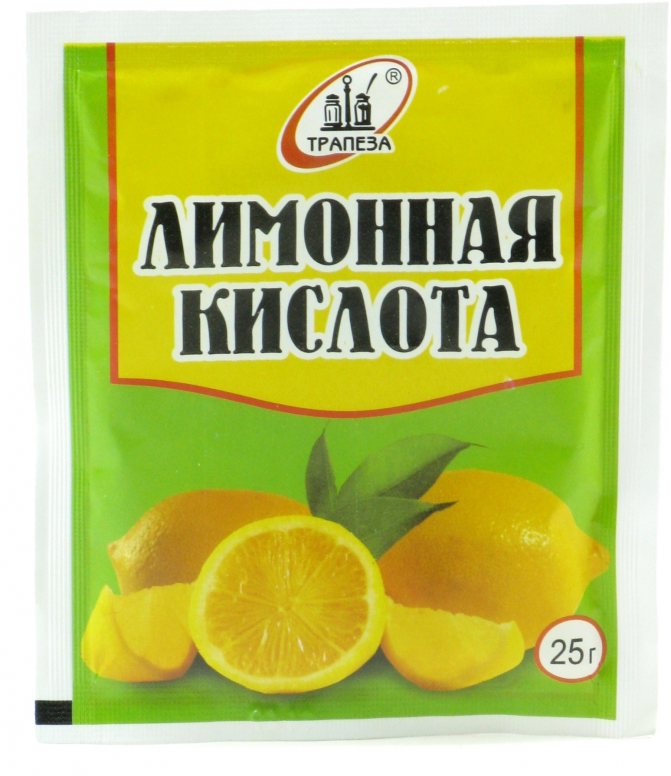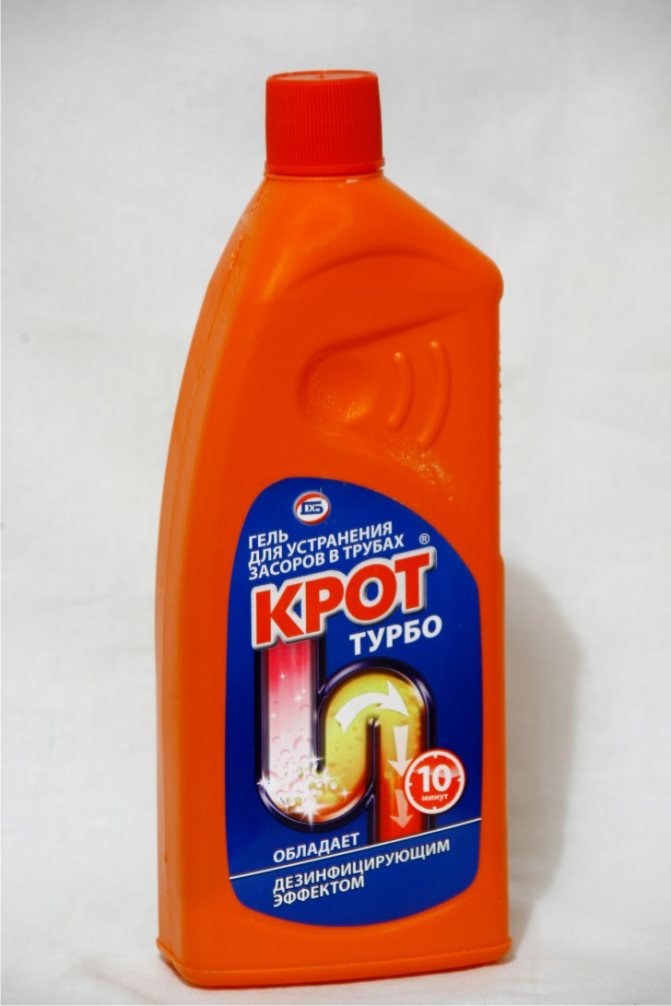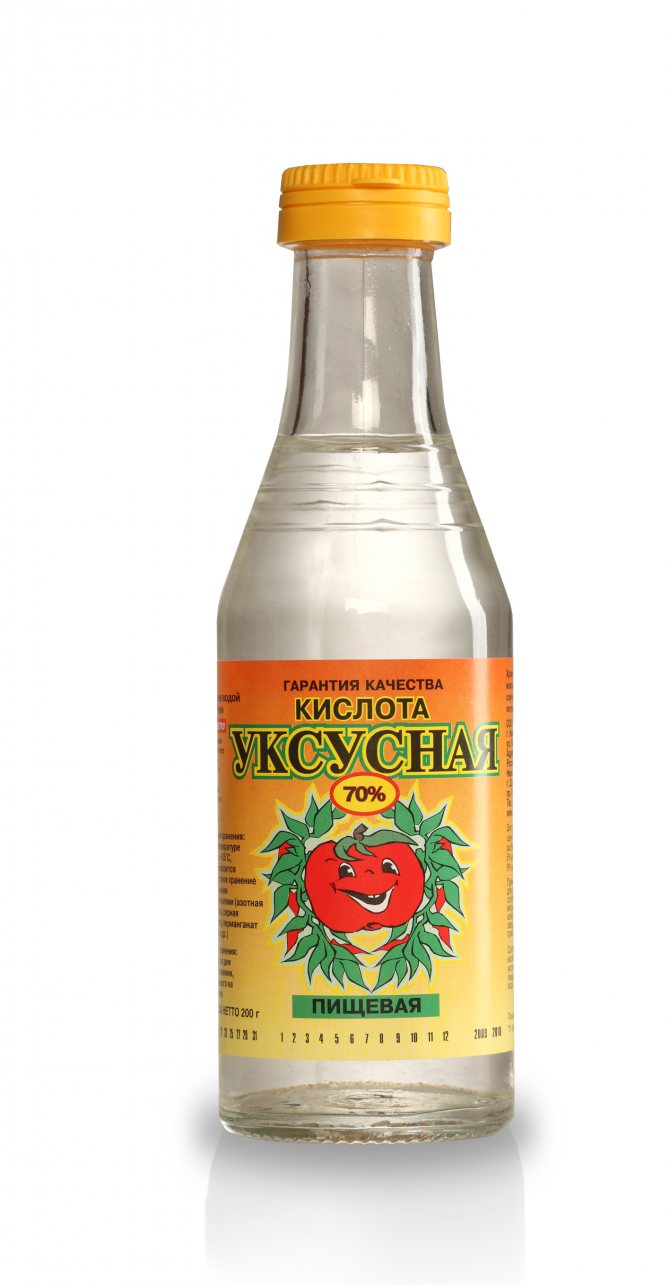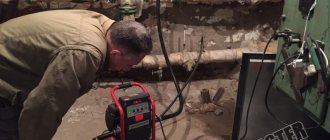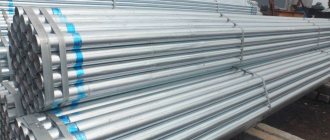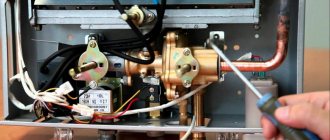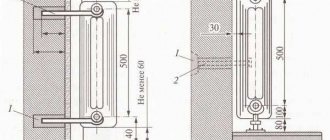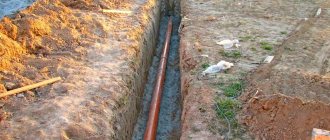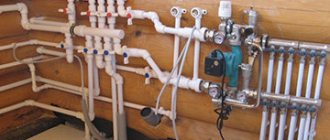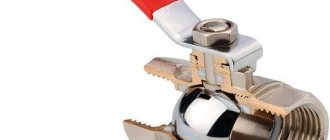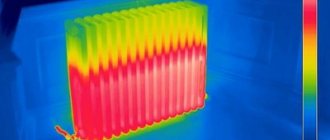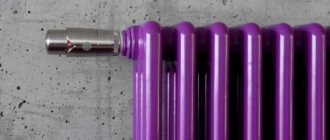Limescale, rust and debris all cause a decrease in the efficiency of the heating system. Therefore, in order to avoid lowering the temperature in the house, it is necessary to regularly clean the heating radiators from the resulting blockages. In this article, we will look at how to flush heating batteries yourself, without removing, and using auxiliary equipment.
Signs of blockages
It is known that scale no more than one millimeter thick can reduce the level of heat transfer by 15%. As a result, the cost of heating the apartment is growing, but there is no effect.
The presence of contamination is accompanied by the following signs:
- heating radiators, when heat is supplied, warm up more slowly than before;
- some sections of one radiator are colder than others;
- the temperature of the riser is higher than the batteries in the room;
- the houses are cooler than those of the neighbors;
- the battery heats up unevenly: the top is warmer than the bottom.
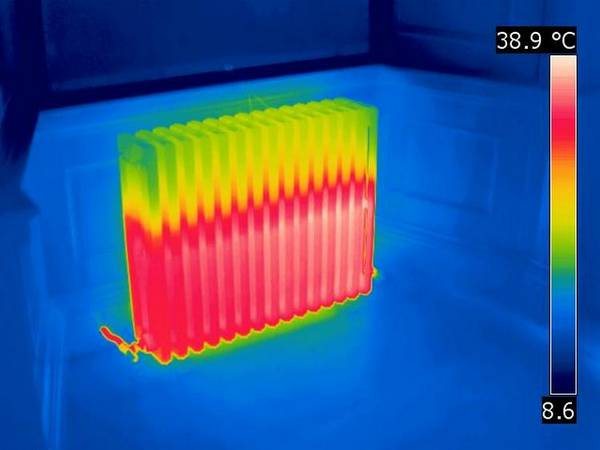
Causes of blockages
The reason for this unpleasant situation is the low quality of the coolant of the central heating system, which contains various kinds of impurities and debris. There are also features of deposits, depending on the material of manufacture of the device. Cast iron batteries have a rough inner surface and are susceptible to scale and rust formation. Aluminum and bimetal radiators are prone to lime deposits due to the calcium, magnesium and sodium content of the water.
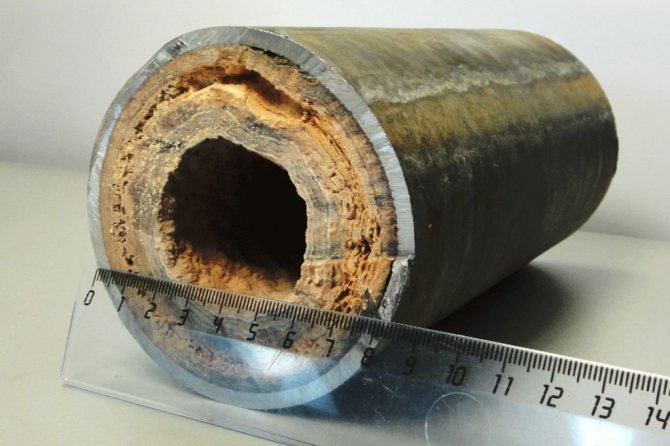

Chemical and folk methods
Detergents can be added to the water to increase cleaning efficiency. Before use, you must make sure that there are no substances in the composition that are contraindicated for the treatment of specific surfaces. Some substances can damage the metal surface. Do not forget about the harmfulness of some components for the human body, for example, phosphate and chlorine. When working with such substances, it is important to use respiratory and skin protection.
Hydrogen peroxide
A good helper in the household is 3% hydrogen peroxide. This well-known substance perfectly cleans and disinfects batteries. For use in 2-3 liters of water add ¾ bottle. To remove stubborn dirt, you can use pure peroxide by applying the substance directly to the area of pollution or a sponge.
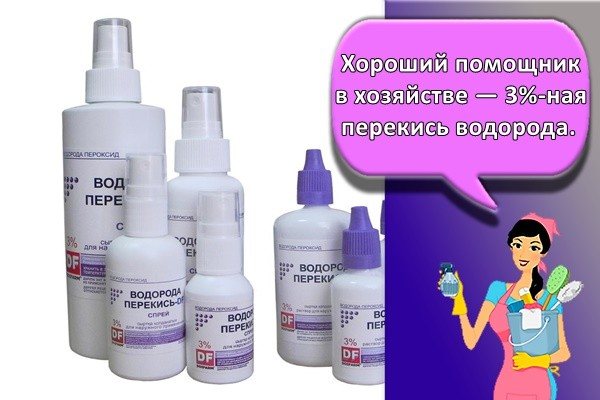

Lemon acid
With the help of citric acid, you can not only effectively clean the radiator from contamination, but also get rid of an unpleasant odor. Typically, the odor comes from stagnant water on the surface of the flower fertilizer radiator. To prepare a solution for cleaning, you need to dissolve 3 tsp in a glass of water. citric acid.
Baking soda
You can use regular baking soda to clean the battery. To do this, dissolve 2 tbsp in 3 liters of water. l. soda. For more effect, you can add 1 tsp. apple cider vinegar and 7 drops of any liquid soap.
Vinegar 9%
Vinegar is poured into a spray bottle for further spraying on the place of pollution, previously cleaned with a damp cloth. After that, the battery must be thoroughly rinsed with water and wiped. Vinegar essence mixed with water in a ratio of 1:10 can also be used. When spraying indoors, the windows should be open, the respiratory tract should be better protected with a mask.
Use of special formulations
Effortlessly, in just a few minutes, special cleaning agents will help to remove dirt and grease stains.To remove greasy stains, you can use dishwashing detergents, for example, "Fairy", "Pemolux", "MYTH". Before use, it is necessary to dilute the concentrate in water, foam and wipe the radiator surfaces with a brush or sponge. Light pollution lends itself to laundry soap. Complex contaminants can be removed with the help of special household chemicals designed for plumbing and household appliances, for example, "Domestos", "Mole", "Tiret". Old stains are removed with stain removers such as Vanish and Antipyatin.
See also
How to quickly wash blinds at home, the best folk and chemical remedies
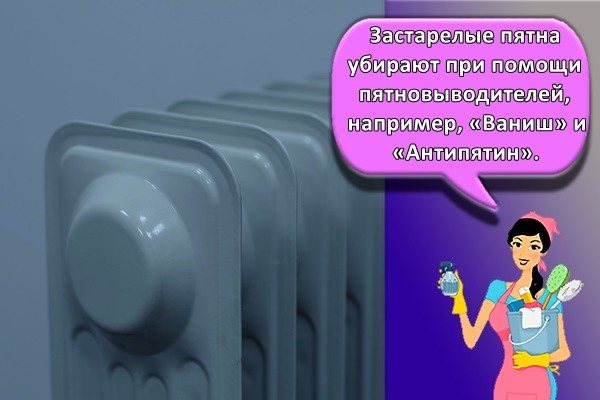

Cleaning methods
To flush heating batteries, four methods are used that do not require dismantling the radiators. They can be used during the heating season.
Chemical method
It is the most popular cleaning method due to its simplicity and minimal cost. This method is not suitable for cleaning aluminum radiators. During purification, organic and inorganic acids and various alkaline compounds are used, which are placed in a special container with a pump.
The cleaning solution is poured into the heating system for a certain time, depending on the degree of contamination.
Prices for solutions for flushing heating systems
for flushing heating systems
Hydrodynamic method
To carry out flushing by a hydrodynamic method, special equipment is required, this is a high-pressure hydrodynamic jet machine. Before flushing, the coolant is completely drained from the system. Next, the apparatus hose with a special nozzle is placed in place of one of the dismantled pipes. In this way, deposits are removed with a fine jet of high pressure water. At the end of the procedure, water is passed through the system several times to remove dirt residues.
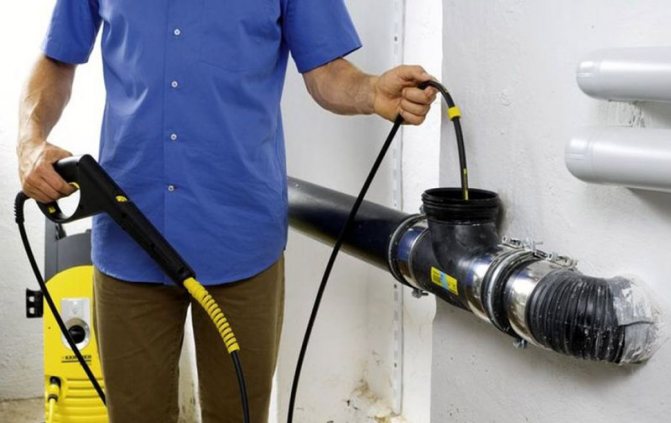

Pneumatic hydraulic impulse technology
In the pneumohydroimpulsive flushing method, a special pneumatic compressor is used. Impulse kinetic waves and air bubbles are generated in the water under the influence of the equipment, which, when collapsed, create shock waves. These waves remove deposits. Equipment for the application of the above methods can be rented, or you can contact specialized services that will quickly and efficiently perform the work.
Pneumatic Compressor Prices
pneumatic compressor
Hydropneumatic method
For hydropneumatic cleaning, a hydropneumatic compressor is used. The device is connected to the metering valve of the radiator, and by forcing air in the water, it creates turbulent eddies that remove fragile salt deposits.
To clean the batteries at home using the above methods, you will need to rent the necessary equipment. And you can also contact specialists who will clean the heating system with high quality.
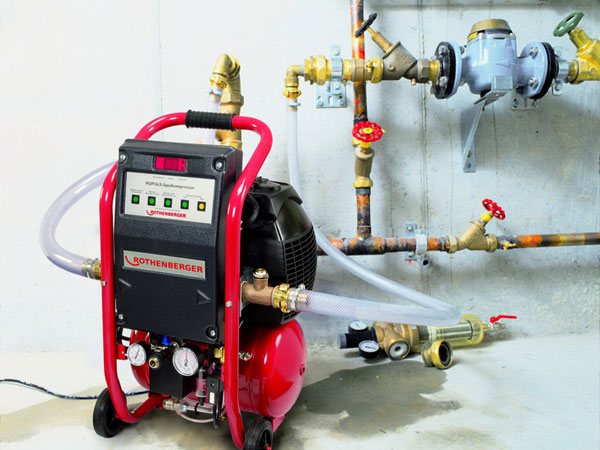

The procedure for flushing heating
First, there is a need to inspect the entire system and its individual parts. For this, the butt joints of pipes, pipes with radiators, pipes with a boiler and a boiler, as well as pipes and instrumentation and automation are clearly visible. The joints are checked for water leakage. If any are found, then they must be repaired or replaced with new ones.
Secondly, before the start of the heating season, a test run of the system is performed, during which the air accumulated inside the pipes and devices is removed from it. For this, special air valves are used.Currently, experts recommend the installation of automatic air valves, which independently, without human intervention, release air until water comes out of the valve, after which the valve closes.
Thirdly, if a circulation pump is installed in the system, then it must be inspected, lubricated and turned on for a sample.
Now you can start the heating flushing process itself. This is a serious operation, where you will have to use the staging procedure exactly.
Centralized cleaning or individual
Residents of apartment buildings can clean the heating system individually and centrally. Utilities provide these services using mainly hydropneumatic technology. But for this, the procedure must be coordinated with the neighbors, and certain material costs will also be required. Centralized flushing can take time. For owners of private houses, only individual cleaning is possible.
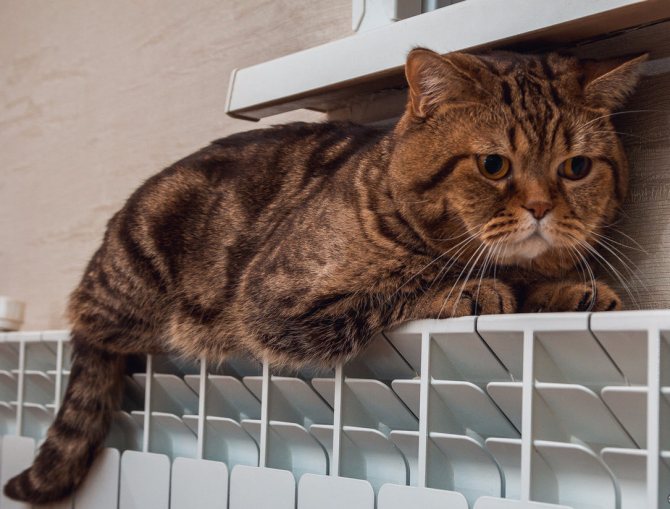

Preparation for work
If you don't want to run around the authorities and pay a lot of money for services, you need to know how to clean cast-iron batteries yourself. In principle, there is nothing complicated in this process, if you give it a little time and effort.
As in any other business, preparatory work will be required. They are as follows:
- If flushing is carried out in an apartment, then it is necessary to prepare the bathroom... To do this, it is better to put a grate on its bottom, and close the walls with a rag. If there is no pallet, then you can apply the same rags, only with a thicker layer. This will protect the container from damage and protect the enamel coating. You also need to close the drain with a fine mesh so that debris does not fall into the water pipes.
- All water must be drained from the heating system, having previously been disconnected from the main communication.
- The threaded clamps are removed from each battery using an adjustable wrench.
- At the point of removal in the pipes, you need to put plugs.
When disconnecting the radiator from the heating system pipe, a container should be substituted in advance, since water may remain in it, as in the heater itself.
A further task is how to rinse the cast-iron battery inside under running water in the bath. For this, there are both special means and "folk" ones.
DIY rinsing
In order to independently flush heating batteries (aluminum and cast iron), without involving hazardous chemicals and complex devices, the radiators will have to be dismantled.
Sequencing:
- Preparation of tools and sites. For the procedure, you will need the following tools: a set of keys, paint, sealing tow, a large container.When dismantling, most likely, the contents of the batteries will spill, so you need to cover the floor with plastic wrap, and additionally lay a rag on it. It is also necessary to move the furniture standing next to it, remove the curtains and, if possible, cover the walls. In the conditions of the apartment, a bathroom will be used, so you should take care of the covering and tiles. In the bath itself, you should put a wooden pallet and a mesh on the drain into the sewer.
- Dismantling. When removing the radiator, shut off the coolant supply valve or drain the water from the system. Next, unscrew the radiator and drain the remaining water into the prepared container. The battery can now be moved to the bathroom.
- Flushing. For convenience, unscrew the plugs and shutoff valves. Next, we pass a stream of hot water under pressure through the radiator. If there is a lot of contamination and water does not help, you can use a solution of soda ash, vinegar, citric acid, car radiator cleaners, or other available acid-base compounds. To do this, you need to put the plugs back in place, and fill in the cleaning solution for a couple of hours. During the action of the reagent, it is recommended to tap on the radiator to enhance the reaction. Then rinse thoroughly with water and repeat the procedure if necessary.
- Return to place. It is necessary to wipe the radiator, seal the plugs with tow and cover with paint. Do-it-yourself installation of heating batteries in an apartment, follow the link.
How to flush an aluminum radiator in an apartment
First of all, you need to turn off the radiator and remove it. If you carry out work during the heating season, it is necessary to drain the remaining water from it. To do this, unscrew the cap in the upper part (if a Mayevsky tap is installed instead, release it with a special key). After that, place a container for drainage under the plug at the bottom and carefully unscrew it.
The radiator is connected to the heating line through valves or crimp connections. Unscrew the nut (see photo) on the connection so that it has free play on both valves or fittings. Pull the radiator away from the pipes - it should come out without too much force.

